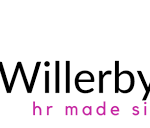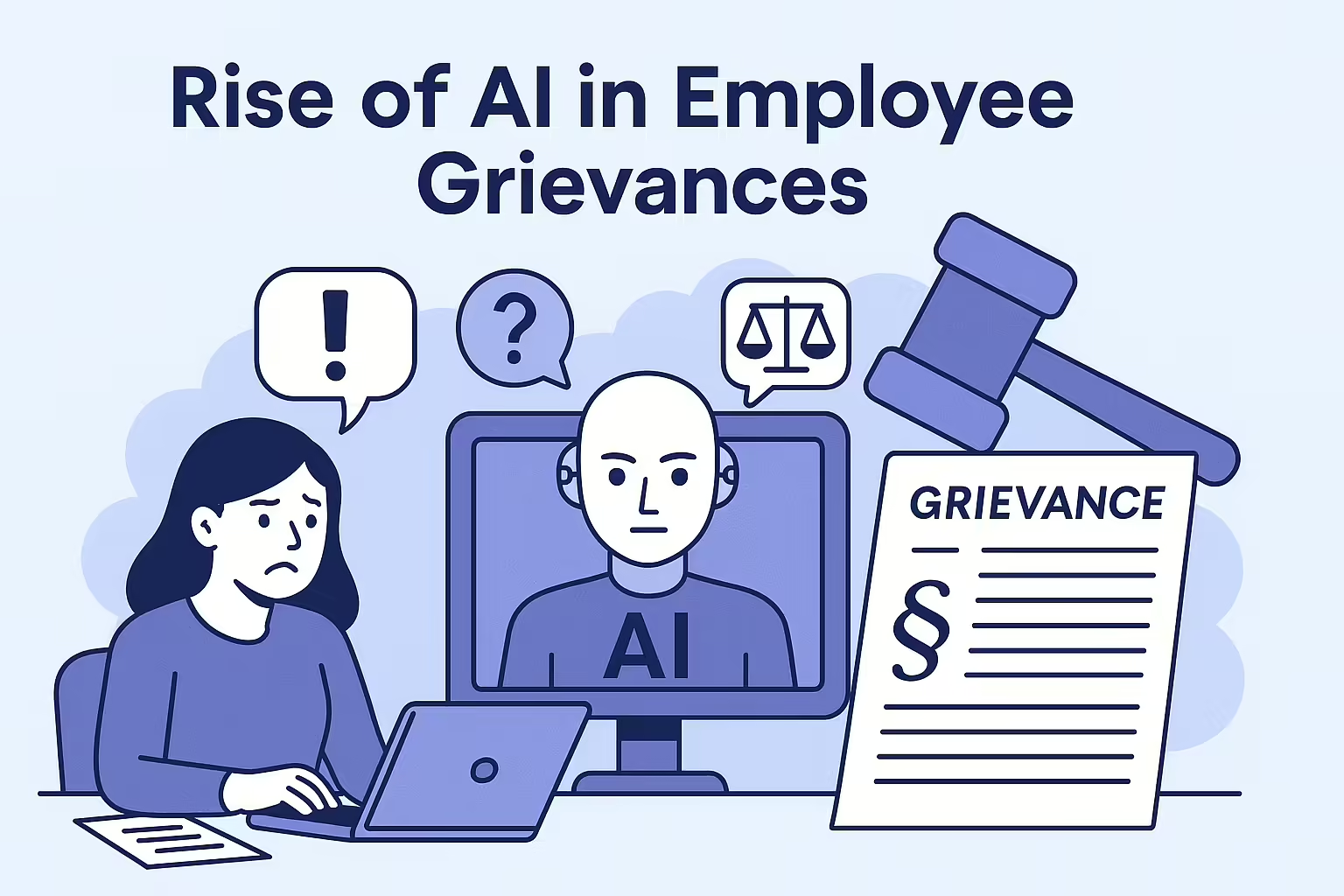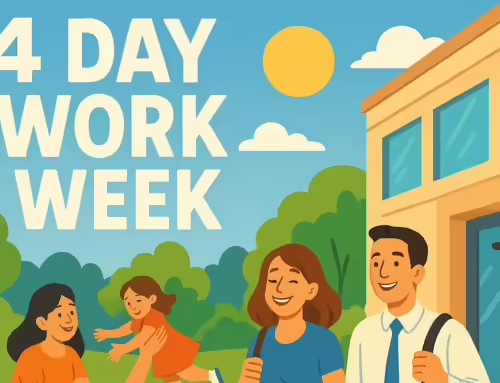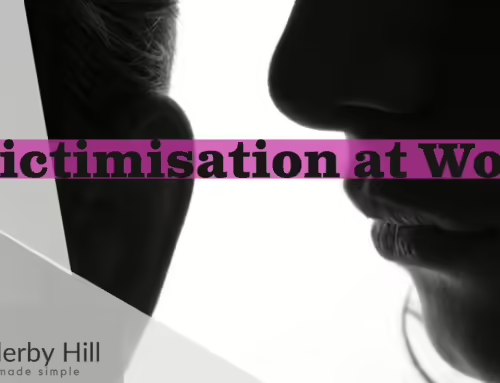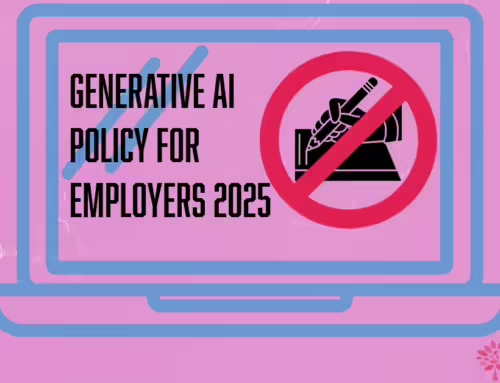AI in employee grievances – In the not-so-distant past, employee grievances were relatively straightforward. A handwritten note or a brief email—often just a few lines—would suffice to express dissatisfaction or raise concerns. Occasionally, HR teams would receive lengthy, emotionally charged documents listing all perceived injustices, with some lacking evidence or clear structure.
Fast forward to today, and the landscape is shifting dramatically. Artificial Intelligence (AI) is increasingly being used by employees to draft grievances and appeals. While this technological evolution brings certain advantages, it also introduces a new layer of complexity that HR professionals and managers must be prepared to handle as they manage the rise of AI in employee grievances.
The AI-Generated Grievance: A Double-Edged Sword
AI tools like ChatGPT, Google Gemini, and other generative platforms are now being used by employees to articulate their concerns more clearly and professionally. On the surface, this seems like a positive development. A well-structured grievance is easier to read, understand, and respond to. It can help HR teams identify the core issues more efficiently and ensure procedural fairness.
However, the downside is becoming increasingly apparent. AI tools, while powerful, lack context. They can suggest legal arguments or policy violations based on incomplete or outdated information. Worse still, they may encourage employees to pursue complaints that are unfounded or irrelevant to the actual situation.
Real-World Examples
Consider the case of an informal performance management meeting. An older employee, seeking advice from an AI chatbot, was prompted to raise concerns about age discrimination—despite no evidence to support such a claim. The AI, attempting to be helpful, flagged a potential legal issue based solely on the employee’s age and the nature of the meeting.
In another instance, an employee uploaded a company handbook to an AI tool and received guidance suggesting that the employer had breached its capability policy. The problem? The handbook was outdated, and the advice given was no longer applicable. Yet the grievance was submitted, forcing HR to investigate a claim based on obsolete information.
These examples highlight a growing challenge: AI-generated grievances may be articulate and well-structured, but they can also be misleading, inaccurate, or entirely speculative.
What This Means for Employers and HR Teams
The rise of AI in employee relations means that grievances and appeals are becoming more complex, more detailed, and more time-consuming to resolve. Each point raised—no matter how spurious—must be addressed thoroughly. Failure to do so could result in further appeals, legal escalation, or reputational damage.
This shift demands a more rigorous approach to grievance handling. HR professionals must be prepared to:
- Conduct deeper investigations into each claim.
- Verify the accuracy of policy references and legal assertions.
- Maintain up-to-date documentation to avoid confusion caused by outdated materials.
- Train managers to respond to grievances with empathy, precision, and procedural fairness.
The Manager’s Role: Navigating the Minefield
Managers are often the first point of contact when a grievance is raised. In the age of AI-assisted complaints, their role is more critical than ever. Here are some practical steps managers should take:
- Treat Every Grievance Seriously
Even if a complaint seems exaggerated or irrelevant, it must be acknowledged and investigated. Ignoring or dismissing points—especially those generated by AI—can lead to further complications. - Respond to Each Point Individually
AI-generated grievances often contain multiple sub-points, some of which may be based on incorrect assumptions. Managers should respond to each item methodically, providing evidence or clarification where necessary. - Seek HR Support Early
Don’t try to handle complex grievances alone. Involve HR as soon as possible to ensure a consistent and legally sound approach. - Document Everything
Keep detailed records of meetings, decisions, and communications. This will be invaluable if the grievance escalates or if legal action is threatened. - Stay Calm and Professional
AI-generated grievances can feel impersonal or overly formal. Managers should respond with empathy and professionalism, remembering that behind every complaint is a person seeking resolution.
Looking Ahead: The Future of AI in Workplace Grievances
As AI tools continue to evolve, the way employees interact with workplace processes—especially grievances—is set to change dramatically. What we’re seeing today is just the beginning.
Imagine this scenario: an employee attends a disciplinary hearing conducted over Microsoft Teams. The meeting is recorded, either with permission or as part of standard HR practice. After the meeting, the employee uploads the video to an AI platform. Within minutes, the AI analyses the footage, transcribes the conversation, and begins identifying potential issues—tone of voice, procedural missteps, inconsistencies in policy application, or even perceived bias.
The AI then cross-references the transcript with relevant employment law, company policies, and best practice guidelines. It highlights areas of concern and automatically generates a grievance letter, complete with citations of legal precedents and policy breaches. The employee simply reviews and submits.
This isn’t science fiction—it’s a plausible near-future development. With the rise of multimodal AI (capable of processing text, audio, and video), employees will have access to tools that can dissect workplace interactions with forensic precision. And while this could empower employees to raise legitimate concerns more effectively, it also raises serious questions for employers:
- How do you ensure procedural fairness when AI is interpreting human interactions?
- What safeguards are needed to prevent misinterpretation or manipulation of recordings?
- Will employers need to pre-emptively audit meetings and communications to avoid AI-generated grievances?
The implications are vast. HR teams may need to adopt their own AI tools to counterbalance employee use—tools that can verify context, assess tone, and ensure that AI-generated claims are grounded in reality. Legal teams may need to get involved earlier in the grievance process. And managers will need training not just in policy, but in communication styles that reduce the risk of misinterpretation by machines.
Ultimately, the future of employee relations will be shaped by how well organisations adapt to this new dynamic. Transparency, empathy, and robust digital policies will be key. Employers who embrace the challenge and invest in proactive strategies will be better positioned to maintain trust and fairness in an increasingly AI-driven workplace.
